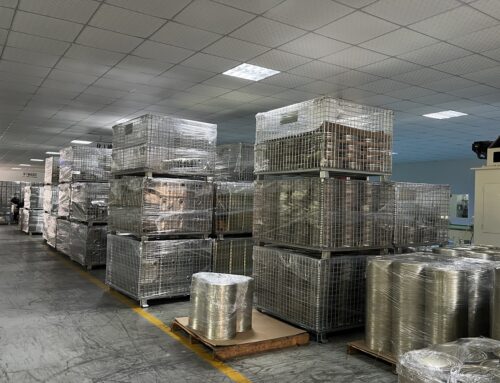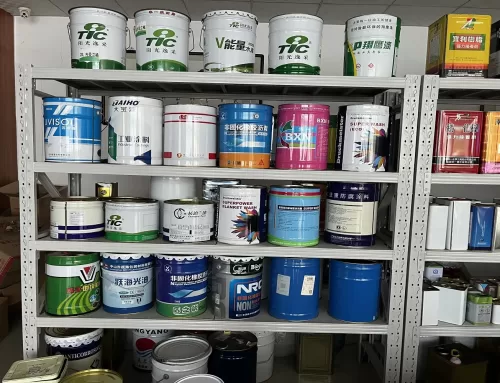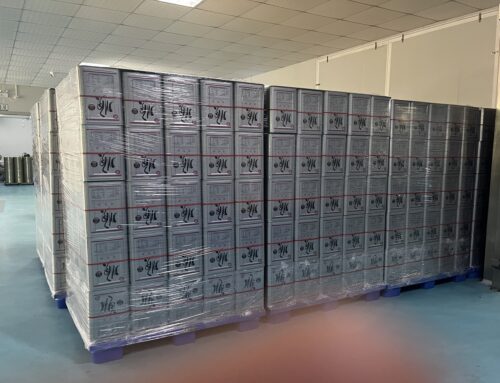After the sealing machine is started, the small belt wheel on the sealing machine drives the big belt wheel, and then two pairs of differential gears are driven to rotate through the main shaft. Gear 1 drives the tray to rotate, and gear 2 drives the cam to rotate. Because the two pairs of gears have different numbers of teeth, there is a differential. Relying on the differential motion of two pairs of gears, the sealing of a can is completed.
When the can holding mold sends the can body to the can holder. The tank feeding cylinder moves upward against the tank support base, and the tank support base and the pressure head press the tank body tightly. Seal the can at this time. Gear 1 always moves with the big pallet. The can sealing roller mounted on the large tray rotates around the can lid while rotating around the profiling wheel, and at the same time, it makes a feeding movement through a feeding cam. When the three movements reach a certain level, the canning is completed.
The tank holder is reset when it falls. A small cylinder mounted on the top of the main shaft lays down the sealed can body. Push the can block to push out the can body, the conveyor belt will take the sealed can body away, and the holding mold will send the next can body to be sealed to the can holder for the next can sealing cycle. All actions are controlled by inductive switches and PLC.
(The shape of the can body is different, and the trajectory of the sealing roller is determined by the profile wheel. Therefore, the sealing of the special-shaped can is the combination of the movement of the large tray, the movement of the cam, and the shape of the profile wheel.)




